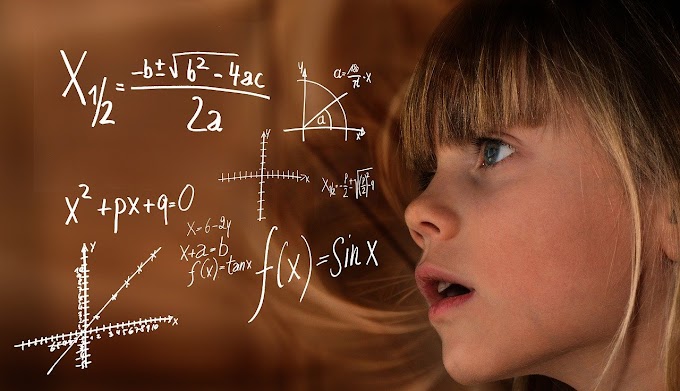Beyond the Rainbow: Exploring
Blueshift and Redshift in the Universe
Blueshift and Redshift are terms used in astronomy to describe the movement of objects in space. These terms are related to the Doppler effect, which is a phenomenon that occurs when a source of waves (such as sound waves or light waves) moves relative to an observer.
Redshift:
Redshift is a phenomenon where the wavelength of light emitted by an object is stretched, resulting in a shift towards the red end of the spectrum. This occurs when an object is moving away from the observer, and the wavelength of the light waves it emits appears to be longer.
The amount of redshift can be used to determine the velocity of the object relative to the observer. The greater the redshift, the faster the object is moving away from the observer. This phenomenon is commonly observed in the light emitted by galaxies, and it has led to the discovery that the universe is expanding.
 |
| Orion Nebula |
Blueshift:
Blueshift is the opposite of redshift. It is a phenomenon where the wavelength of light emitted by an object is compressed, resulting in a shift towards the blue end of the spectrum. This occurs when an object is moving towards the observer, and the wavelength of the light waves it emits appears to be shorter.
Just like redshift, the amount of blueshift can be used to determine the velocity of the object relative to the observer. The greater the blueshift, the faster the object is moving towards the observer. Blueshift is commonly observed in the light emitted by objects moving towards the Earth, such as stars and galaxies.
 |
| Blueshift & Redshift |
The Doppler Effect:
The Doppler effect is a physical phenomenon that occurs when a source of waves (such as sound waves or light waves) moves relative to an observer. The Doppler effect is responsible for the changes in the pitch of sound heard from a moving ambulance or the change in the frequency of a radio signal from a moving satellite.
The Doppler effect also applies to light waves. When an object emitting light waves is moving relative to an observer, the wavelength of the light waves appears to change. If the object is moving towards the observer, the wavelength appears to be shorter, resulting in blueshift. If the object is moving away from the observer, the wavelength appears to be longer, resulting in redshift.
Applications of Redshift and Blueshift:
Redshift and blueshift are used extensively in astronomy to study the properties and movements of objects in space. By observing the amount of redshift or blueshift in the light emitted by an object, astronomers can determine the object's velocity and distance from Earth.
Redshift has been used to study the expansion of the universe, which was first observed by astronomer Edwin Hubble in the 1920s. Hubble discovered that the light emitted by galaxies was shifted towards the red end of the spectrum, indicating that the galaxies were moving away from the Earth. This led to the conclusion that the universe is expanding.
Blueshift is also used to study objects in space, such as stars and galaxies. The amount of blueshift in the light emitted by an object can be used to determine the object's velocity and distance from Earth. This information can be used to study the properties and movements of stars and galaxies, and to learn more about the structure and evolution of the universe.
 |
| Milky Way Galaxy |
Conclusion:
In summary, blueshift and redshift are phenomena related to the Doppler effect, which occurs when a source of waves (such as sound waves or light waves) moves relative to an observer. Blueshift occurs when an object is moving towards the observer, and the wavelength of the light waves it emits appears to be shorter. Redshift occurs when an object is moving away from the observer, and the wavelength of the light waves it emits appears to be longer. These phenomena are used extensively in astronomy to study the properties and movements of objects in space.



